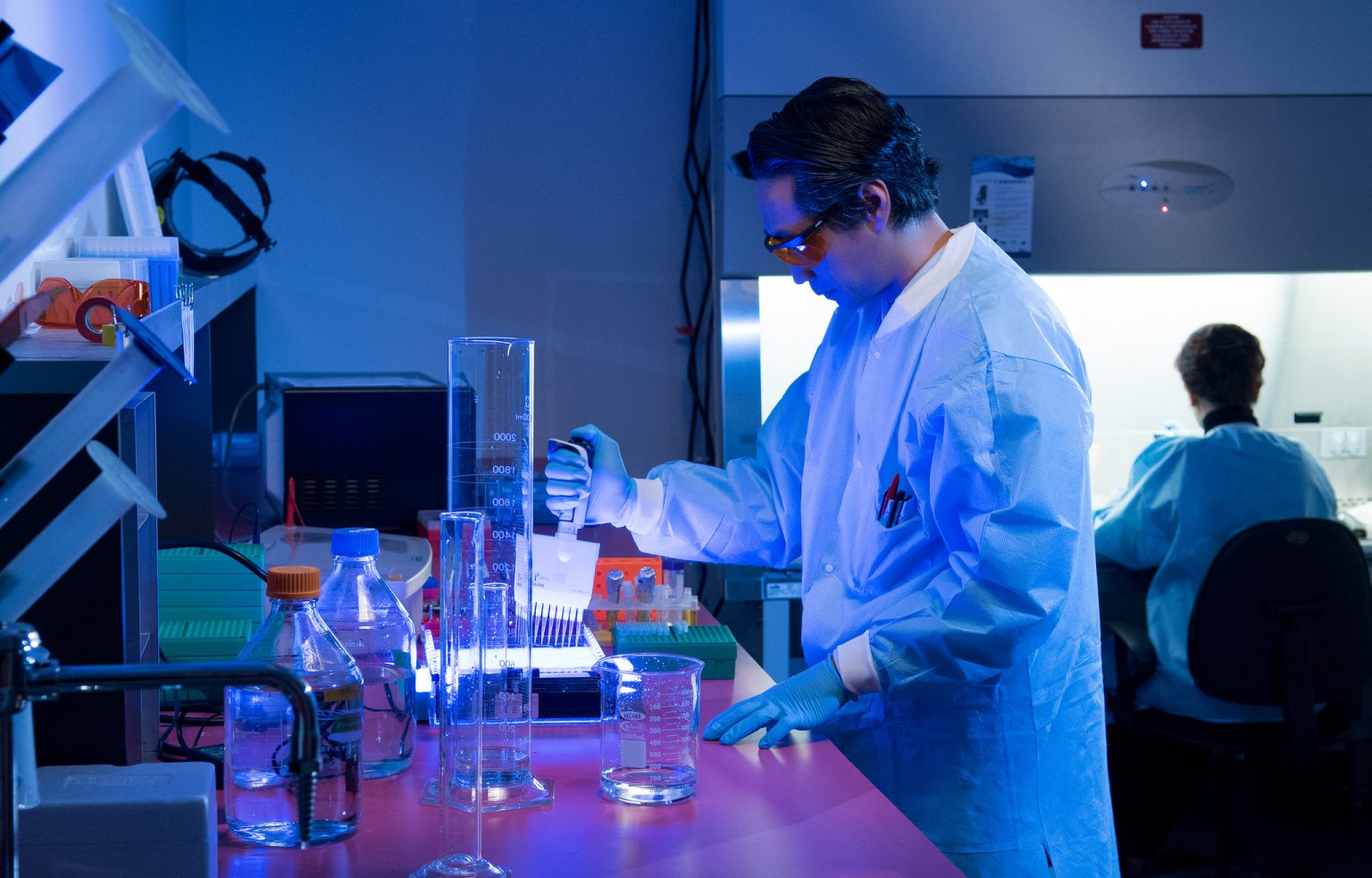Chromatography is a powerful analytical technique used for separating as well as analyzing mixtures of chemical substances. It has applications in various fields such as biotechnology, pharmaceuticals, forensic sciences, environmental sciences and many more.
What is Chromatography?
Chromatography is a technique where mixtures are separated into individual components as they travel through a stationary phase. The mobile phase carries the sample mixture and the stationary phase interacts differently with each component in the mixture based on their physicochemical properties. This differential interaction results in the separation of individual components over time as they travel through the stationary phase.
The key principle behind Chromatography is that different analytes migrate through the stationary phase at different rates depending on their affinity towards the stationary and mobile phases. Components that interact weakly with the stationary phase pass through quickly while those interacting more strongly are retained for longer duration. This separates the analytes based on their relative abilities to partition between the two phases.
Types of Chromatography
Based on the nature of the stationary and mobile phases used, chromatography can be categorized into different types:
Gas Chromatography (GC):
In GC, the mobile phase is an inert gas like helium or nitrogen while the stationary phase is a viscous liquid or polymer coated on an inert support. It is used for separating and analyzing volatile compounds like fuels, perfumes, etc that can be vaporized without decomposition. GC provides high resolution and is widely applied in fields like forensic toxicology.
Liquid Chromatography (LC):
LC uses a liquid mobile phase like water, various organic solvents etc. The stationary phase can be adsorbents like silica or liquids bonded to a solid support. Based on the nature of interactions, LC is further divided into ion-exchange, size-exclusion, reversed-phase, normal-phase chromatography etc. It is suitable for separating chemical compounds that are less volatile. HPLC is a high performance version of LC.
Thin Layer Chromatography (TLC):
TLC uses a thin layer of adsorbent like silica gel or cellulose coated on a plate or sheet as the stationary phase. The mobile phase is a liquid that moves up the plate via capillary action. TLC is inexpensive but provides moderately good separation for qualitative analysis.
Applications of Chromatography
Some major applications of chromatography are:
Pharmaceutical Analysis:
Chromatography plays a vital role in qualitative and quantitative analysis of drug formulations, drug metabolism studies, impurity testing during synthesis, and stability studies. HPLC and GC commonly used.
Biomolecules Separation:
Protein purification, isolation of peptides/amino acids from hydrolysates, separation of nucleotides and mono/disaccharides – all employ various chromatography techniques. Size-exclusion, ion-exchange, affinity chromatography commonly applied.
Environmental Analysis:
Detection and quantification of pesticides, herbicides and other pollutants in water and soil samples, analysis of petroleum products like gasoline – GC and LC-MS based methods extensively applied.
Food Analysis:
Authentication of spices, tea, coffee, flavors etc. Detection of synthetic colors, preservatives. Profiling phytochemicals, fatty acids, vitamins – applications in quality control. GC, HPLC, TLC used.
Forensic Science:
Separation and identification of illicit drugs, poisons, explosives and their metabolites in biological specimens. Finger-print like separation of inks,paints. GC-MS and LC-MS invaluable forensic tools.
Biotechnology:
Purification of recombinant proteins, vitamins, antibodies during downstream processing. Preparative-scale separations, purification of products/byproducts. Affinity, ion-exchange chromatography widely employed.
*Note:
1. Source: Coherent Market Insights, Public sources, Desk research
2. We have leveraged AI tools to mine information and compile it




